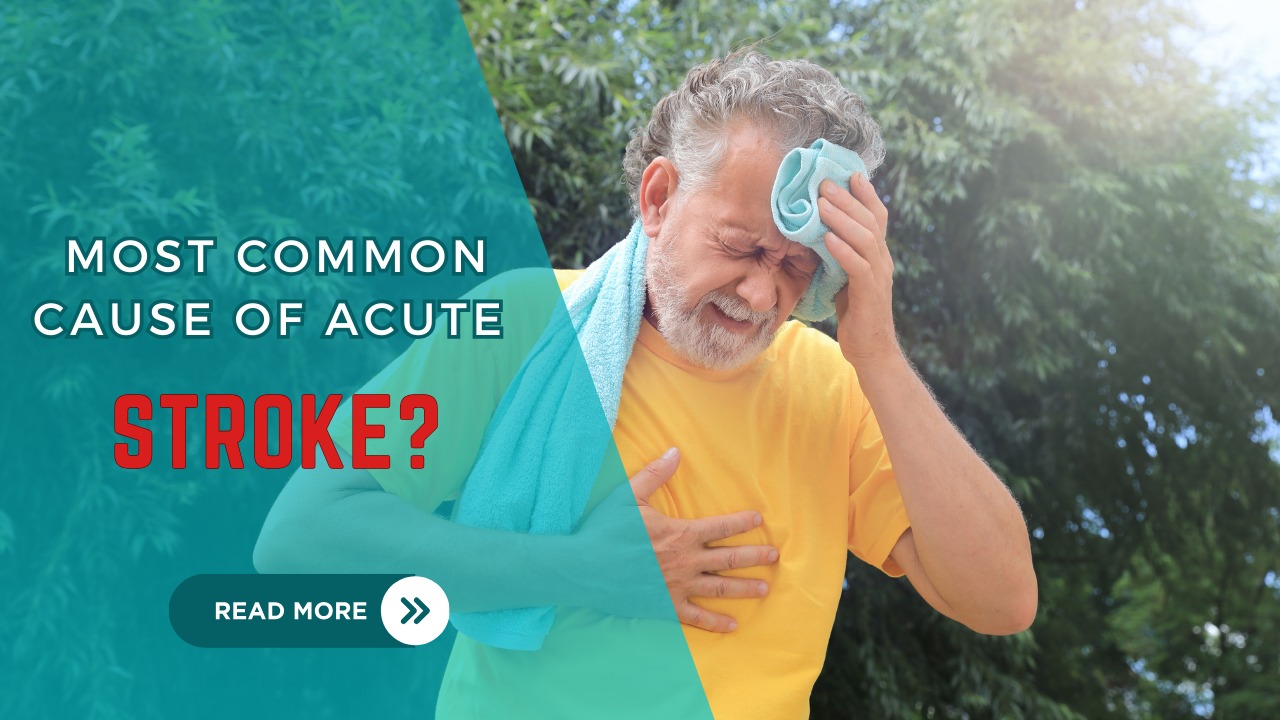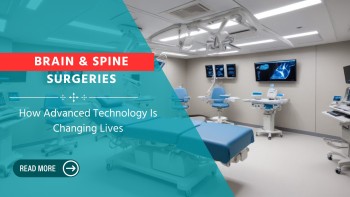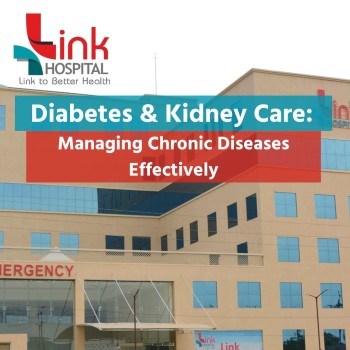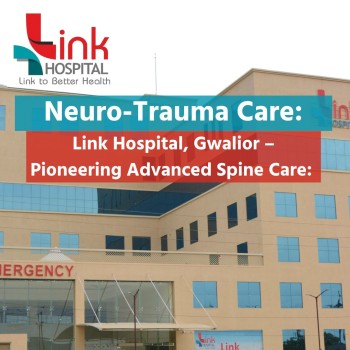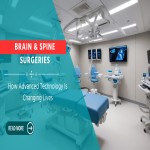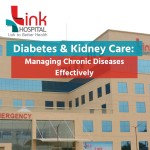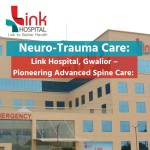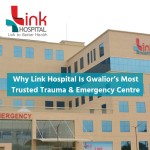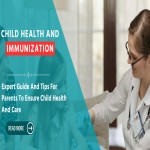ACUTE STROKE: An acute stroke occurs when a blood
vessel in the brain ruptures or when the blood supply to a specific brain
region is abruptly interrupted. This interruption deprives brain cells of
oxygen and nutrients, leading to cell death. Early detection of stroke is vital
to prevent permanent disability, cognitive decline, and potentially fatal
outcomes. Immediate medical intervention is crucial to minimize brain damage
and other stroke-related complications.
Types
of Stroke
Ischemic Stroke
Ischemic strokes, accounting for
approximately 87% of all strokes, occur due to the obstruction of arteries
supplying blood to the brain. These blockages can be caused by:
●
Thrombosis: Formation of a blood clot within a
brain blood vessel.
●
Embolism: A clot originating elsewhere in the
body, often the heart, travels to the brain.
●
Atherosclerosis: Buildup of cholesterol and
fatty deposits on arterial walls, leading to narrowing and eventual blockage.
●
Lacunar Infarcts: Blockages in the small
arteries within the brain.
Hemorrhagic Stroke
Hemorrhagic strokes result from the
rupture or leaking of a blood vessel in the brain. Causes include:
●
Intracerebral Hemorrhage: Bleeding within the
brain tissue, often due to high blood pressure or trauma.
●
Subarachnoid Hemorrhage: Bleeding in the space
between the brain and its surrounding membrane, frequently caused by a ruptured
aneurysm.
Contributing Factors to
Stroke
Several conditions and lifestyle factors
can increase the risk of both ischemic and hemorrhagic strokes:
●
Hypertension: Persistent high blood pressure
damages blood vessels, increasing stroke risk.
●
Atrial Fibrillation: Irregular heart rhythm
can lead to blood clots that travel to the brain.
●
Diabetes: Accelerates atherosclerosis, raising
stroke risk.
●
Migraines: Particularly those with aura, are
associated with a higher stroke risk.
●
High Cholesterol: Promotes plaque formation in
arteries.
●
Smoking: Damages blood vessels and raises
blood pressure.
●
Obesity: Linked to hypertension, diabetes, and
high cholesterol.
● Alcohol and Drug Use: Excessive use can lead to hypertension and vascular damage.
Recognizing Acute Stroke
Symptoms
Symptoms of an acute stroke vary
depending on the affected brain region, as different areas control different
functions. Recognizing these symptoms is crucial for prompt medical attention.
Common symptoms include:
●
Abrupt Weakness or Numbness: Typically affects
the face, arm, or leg on one side of the body.
●
Aphasia: Inability or difficulty in speaking.
●
Sudden Sensory Loss: Partial or complete loss
of hearing, taste, smell, vision, or touch.
●
Dizziness and Balance Issues: Loss of balance
or coordination.
●
Visual Disturbances: Double vision or blurred
vision.
●
Neck Stiffness.
●
Severe Headaches: Often sudden and intense.
●
Emotional and Personality Changes: Sudden mood
swings or shifts in personality.
●
Agitation or Confusion.
●
Loss of Consciousness: Fainting or
unresponsiveness.
●
Memory Loss: Amnesia.
●
Seizures.
●
Coma.
Complications of Acute
Stroke
Acute stroke can lead to several severe
complications that impact overall health and quality of life:
●
Paralysis: Loss of muscle movement, typically
on one side of the body.
●
Speech Difficulties: Issues with speaking or
understanding language (aphasia).
●
Cognitive Impairments: Memory loss, difficulty
with comprehension, judgment, reasoning, and thinking.
●
Emotional Changes: Depression, anxiety, or
personality alterations.
●
Pain and Numbness: Sensations in areas
affected by the stroke.
●
Swallowing Issues: Difficulties with
swallowing, eating, or speaking clearly due to affected mouth and throat
muscles.
Early recognition and immediate medical
intervention are critical in managing strokes and improving patient outcomes.
When to Consult a Doctor for
Stroke Symptoms
Recognizing the Signs of
Stroke
Immediate medical attention is crucial if
you experience any symptoms of a stroke, even if they appear mild or transient.
Remember the acronym "FAST" to identify and respond to stroke
symptoms:
●
Face: Ask the individual to smile. Observe if
one side of the face droops.
●
Arms: Ask the individual to raise both arms.
Check if one arm drifts downward or if the person is unable to lift one arm.
●
Speech: Ask the individual to repeat a simple
phrase. Listen for slurred or unusual speech patterns.
●
Time: If any of these signs are present, seek
emergency medical assistance immediately.
Treatment of Acute Stroke
The primary objectives in treating acute
stroke are symptom management, prevention of subsequent strokes, and
restoration of blood flow to the brain. Treatment varies depending on whether
the stroke is ischemic or hemorrhagic.
Ischemic Stroke Treatment
Restoring cerebral blood flow rapidly is
critical in the management of ischemic stroke. Treatment options include:
Emergency Intravenous Medication
●
Intravenous Thrombolysis: Administration of
intravenous tissue plasminogen activator (tPA) within 4.5 hours of symptom
onset is the gold standard. The medication works to dissolve the clot
obstructing blood flow to the brain, with earlier administration yielding
better outcomes.
Emergency Endovascular Procedures
●
Mechanical Thrombectomy: Direct removal of the
clot using specialized devices introduced via catheterization. This procedure
has been shown to improve outcomes and reduce long-term disability in select
patients with large vessel occlusion.
Additional Procedures
●
Carotid Endarterectomy: Surgical removal of
plaque from the carotid artery to prevent future strokes.
●
Angioplasty and Stenting: Insertion of a
balloon and stent to widen narrowed arteries.
Hemorrhagic Stroke
Treatment
The treatment goals for hemorrhagic
stroke include halting the bleeding and reducing intracranial pressure.
Emergency Measures
●
Reversal of Anticoagulation: Administration of
medications or blood products to counteract blood thinners if the patient is on
anticoagulant therapy.
●
Blood Pressure Management: Use of
antihypertensive medications to lower blood pressure and reduce the risk of
further bleeding.
●
Seizure Prevention: Medications to prevent or
control seizures.
●
Intracranial Pressure Reduction: Medications
to decrease brain swelling and pressure.
Surgical Interventions
●
Aneurysm Clipping or Coiling: Procedures to
repair the ruptured blood vessel and prevent further bleeding.
●
Hematoma Evacuation: Surgical removal of
accumulated blood to relieve pressure on the brain.
Prevention of Acute Stroke
Key Strategies for Stroke
Prevention
Maintaining a healthy lifestyle and
managing modifiable risk factors are essential for preventing acute stroke.
Here are key strategies to reduce the risk:
●
Maintain Healthy Blood Pressure: Control blood
pressure through a balanced diet, regular exercise, and medication as needed.
●
Control Blood Sugar Levels: Manage diabetes
with appropriate treatment and lifestyle changes.
●
Eliminate Tobacco Use: Quit smoking to enhance
vascular health.
●
Adopt a Nutritious Diet: Eat a diet rich in
fruits, vegetables, and whole grains.
●
Engage in Regular Physical Activity: Exercise
to maintain a healthy weight and cardiovascular health.
●
Moderate Alcohol Consumption: Drink alcohol in
moderation to prevent hypertension.
●
Adhere to Medications: Follow prescribed
anticoagulant or antiplatelet therapy if at high risk of stroke.
These preventive measures not only reduce
the risk of acute stroke but also promote long-term brain health, decreasing
the likelihood of chronic stroke. Understanding the distinctions between
chronic and acute stroke underscores the importance of early intervention and
sustained health management for optimal recovery and prevention.
Conclusion
Maintaining a healthy lifestyle and
managing risk factors are crucial for preventing acute stroke. Key strategies
include controlling blood pressure, managing diabetes, quitting smoking, eating
a balanced diet, exercising regularly, moderating alcohol intake, and adhering
to prescribed medications. These measures not only reduce the risk of acute
stroke but also support long-term brain health.
Promoting Stroke
Awareness at Link Hospital
Link Hospital offers specialized care for stroke patients with advanced diagnostic and treatment technologies. Our dedicated stroke unit, quick response team, and expert staff ensure prompt and effective care. By choosing Link Hospital, you receive unparalleled expertise and compassionate care in stroke management. Let's work together to prevent stroke and promote a healthier future.
